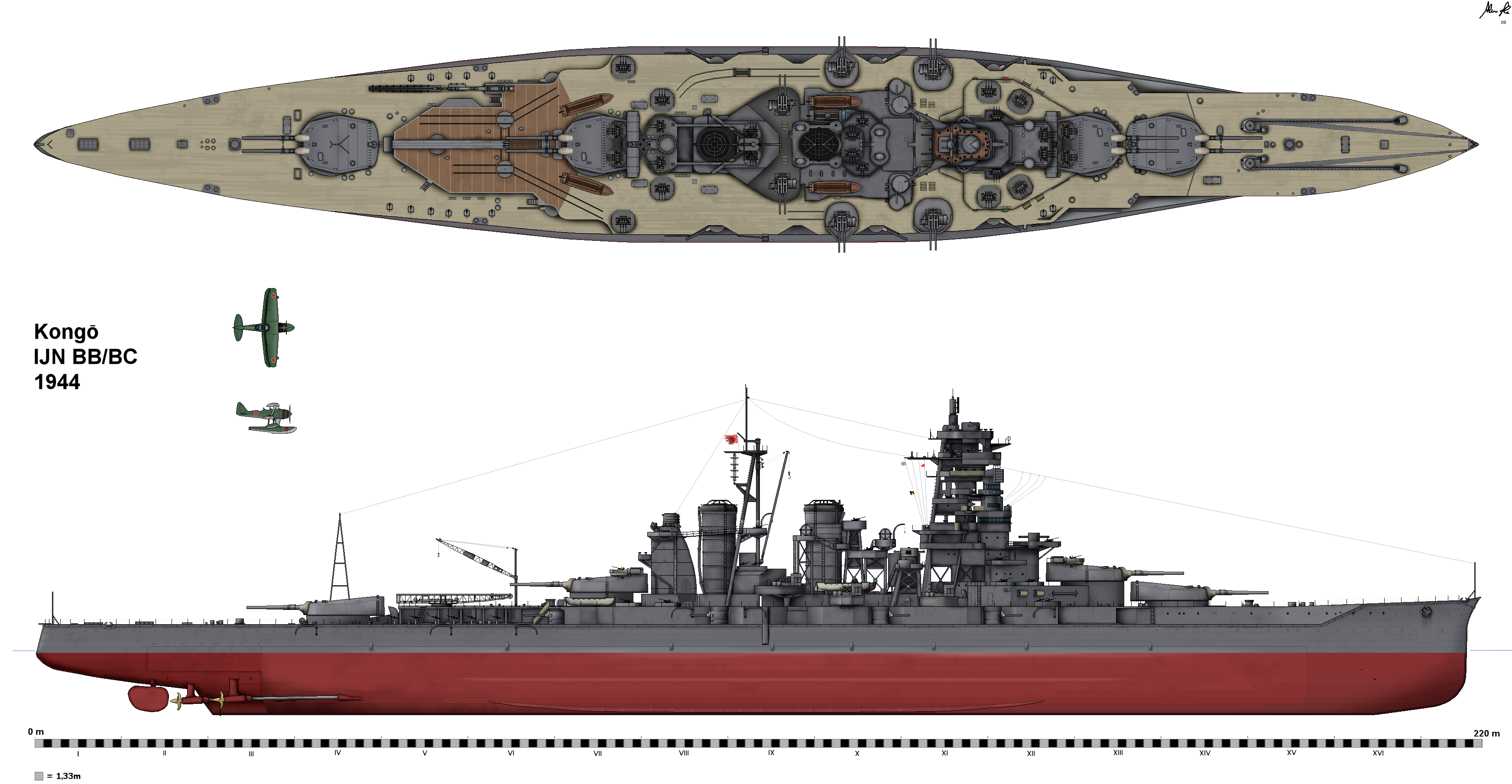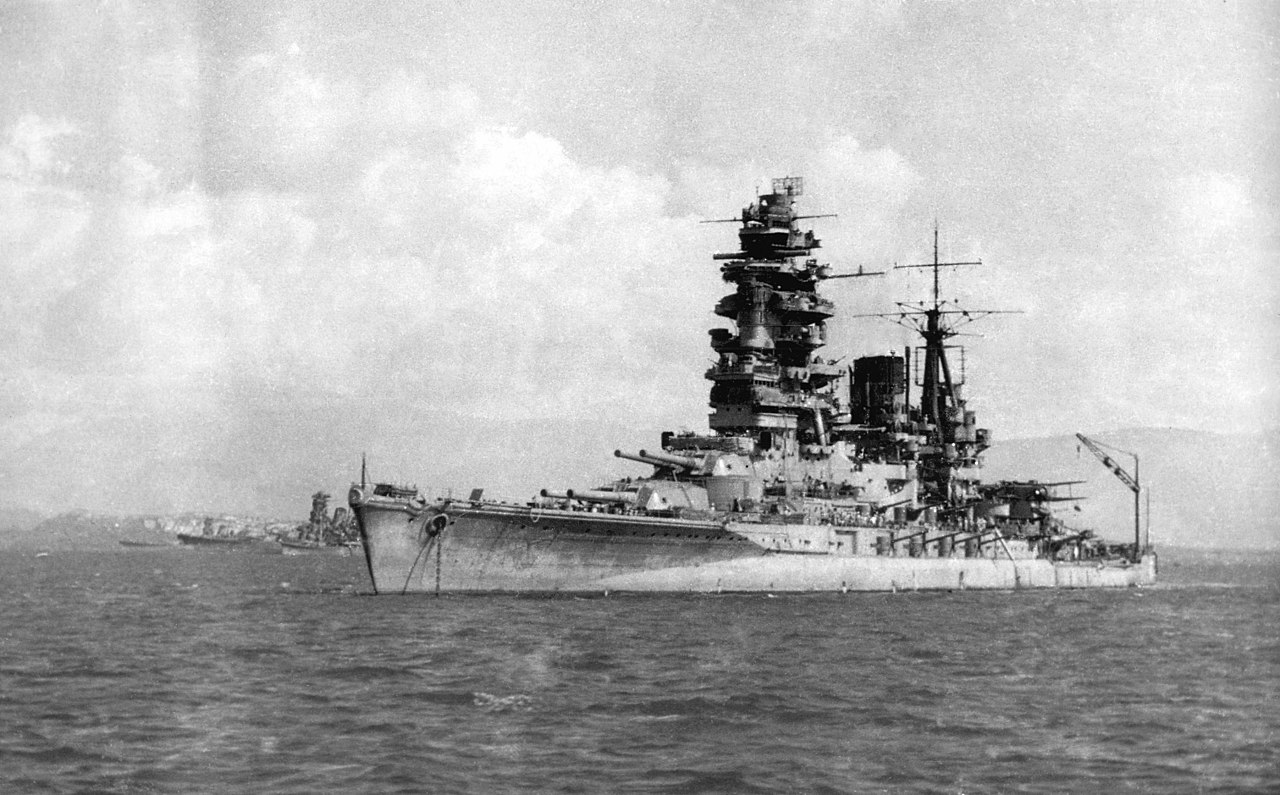Link to Table of Contents
Mid-20th Century Battleships
I’ve written before about how often military units are not used in the way that was intended -- a mountain division first seeing action on a Dutch island that was entirely below sea level except for some levees, or a Panzer division sent to the front as infantry when their tanks were intercepted by the enemy. Similar to this is military equipment used in ways not foreseen like B-25s used as strafers rather than as high altitude bombers, or US Army pursuit planes used for ground attack. But there’s also a spectacular naval example of this same phenomenon.
For several generations battleships were developed as a modern version of the traditional line-of-battle ships from which they derived their name. They would sail in lines and fight similar lines of enemy ships. The Battle of Jutland is the best example of what was intended. By the end of 1941 the US Navy (USN) had built up a force of seventeen battleships for use in this manner. The Imperial Japanese Navy (IJN) had a similar force of ten ships. Due to the naval treaties following the Great War and the effects of the Great Depression, several of these ships on both sides were quite old and already considered obsolete. The IJN shortage of ships was one of the reasons they attempted to level the playing filed by sinking the USN battle fleet at Pearl Harbor.
In the short term, they removed seven BBs from the US fleet -- so that the numbers now stood at USN ten vs IJN ten. In the long run they only succeeded in removing two BBs from the fleet while the other five returned to service and three returned as vastly improved warships. Meanwhile the USN was steadily adding newer and more capable BBs to their fleet while the IJN concentrated on producing two super battleships.
But what I want to look at here is how the ships were actually used. After Pearl Harbor the USN had two new, fast BBs which could be used to contain German BBs in the North Atlantic, before they were transferred to the Pacific where they acted primarily as platforms for Anti-Aircraft Artillery (AAA) in defense of the aircraft carriers that had become the prime naval weapons of the war. This fast BB force grew to six and finally to ten by the end of the war. Only once, in desperation, were the new BBs thrown into a surface engagement against the IJN.
USS Washington - One of the first modern, 16" BBs and the victor at 2nd Guadalcanal
Immediately after Pearl Harbor, the USN also had one ridiculously old BB (the USS Arkansas),
USS Arkansas - The last of the USN 12" gun BBs
two very old 14" armed BBs (The USS New York and USS Texas), four standard Great War era BBs, and a single improved, post WW1 BB (the USS Colorado). In the Pacific some of these ships were held out as a desperation guard in case of a Japanese assault on the West Coast -- which the IJN didn’t have enough oil to mount. While the remainder of the ships were used to protect convoys in the Atlantic. Even ships like the Arkansas were ideal for this role as, while slow, they were faster than a convoy, which could only sail as quickly as its slowest ship. They acted as an effective deterrent to any German surface raider. This is the way the USN BBs spent 1942 while the ships sunk or damaged at Pearl Harbor were raised and repaired.
USS California - A typical 14" BB before Pearl Harbor
USS California - As rebuilt after Pearl Harbor.
When the Allies started the series of amphibious landings in both theaters of the war, which were the defining aspect of WW2 for the US and the UK, the older BBs, now edging up in numbers as damaged ships returned to service, found a new role in shore bombardment. From Casablanca and Tarawa through the invasions of the South of France and Okinawa, BBs protected the landing forces while battering enemy positions ashore. Both the new and the old BBs blasted Iwo Jima before the invasion, but the new BBs, despite their more powerful guns, were less successful in the role than the older ships with more practice in this aspect of naval warfare. It was only during the Battle of Leyte Gulf that the older BBs on both sides finally met each other in a traditional naval battle, and by that time the short term IJN advantage of Pearl Harbor had been made good and the result was a massacre. (One of the ironies of the war is that the IJN, in keeping with Western notions of a “Decisive Engagement,” always called for the “annihilation” of their enemies. They did achieve this at the early Battles of the Java Sea, Sunda Strait, and the destruction of Force Z. But after those early months of the war, the most obvious cases of “annihilation” were suffered by the IJN carrier force at Midway and, especially, by the Southern Force at Surigao Strait during the Leyte Gulf battles.)
So during the whole of the Pacific War battleships only did what they were created to do on two nights.
While the older USN BBs had busy and productive service histories, six of the older IJN BBs did almost nothing but consume oil. The other four older IJN BBs were, technically, not battleships at all but rather battlecruisers. Though very powerful ones.
Kongo - Designed and built during the 2nd decade of the 20th century, this class of 14" armed ships performed well throughout the Pacific War.
These were the only IJN BBs that were worth the investment the nation spent on them. They were fast enough to keep up with the aircraft carriers, so they could serve as escorts like the USN fast BBs, and in a pinch, they could be risked to support IJN operations in the constricted waters of the Solomon Islands -- though two of them would be sunk there, so the risk would not pay off.
Still, the four Kongo class ships would see action from the beginning of the war to the last IJN fleet actions, while the other battleships would be expensive, oil guzzling assets that were carefully conserved until it was too late, and then proved incapable of even "annihilating" little Taffy 3 at the Battle Off Samar. Though they did look impressive.
Haruna - IJN equivalent of the USS Colorado class
Yamato - super battleship




No comments:
Post a Comment